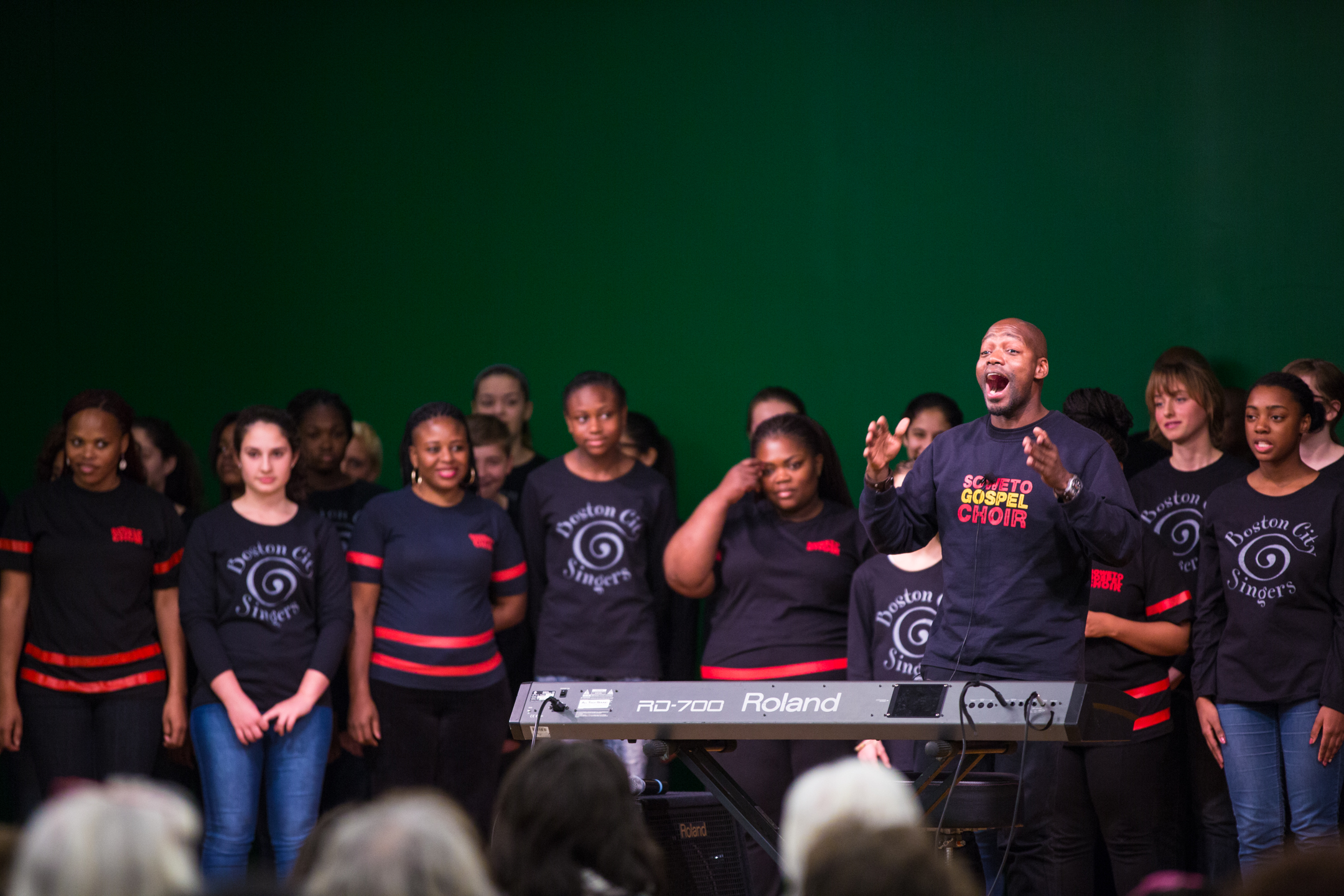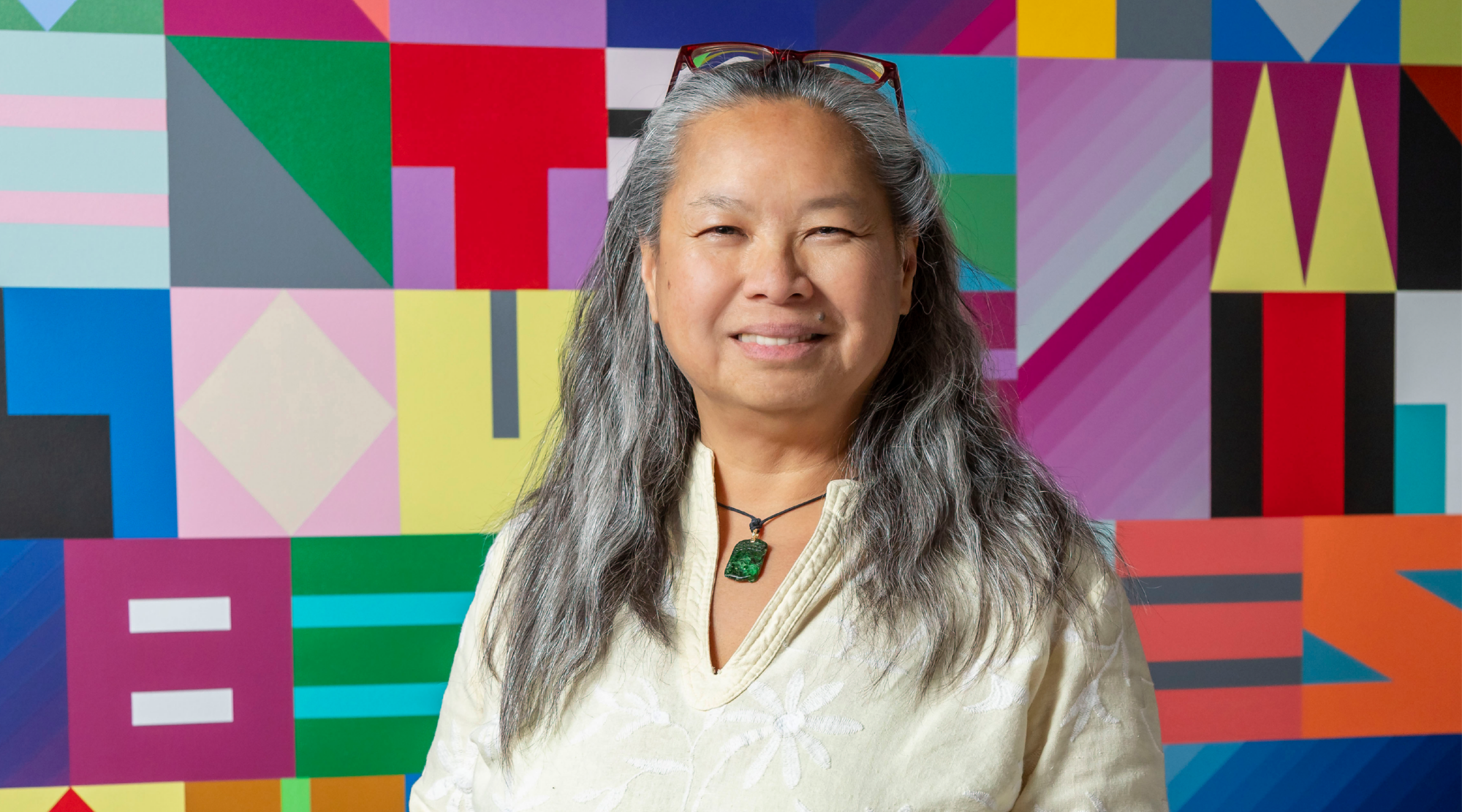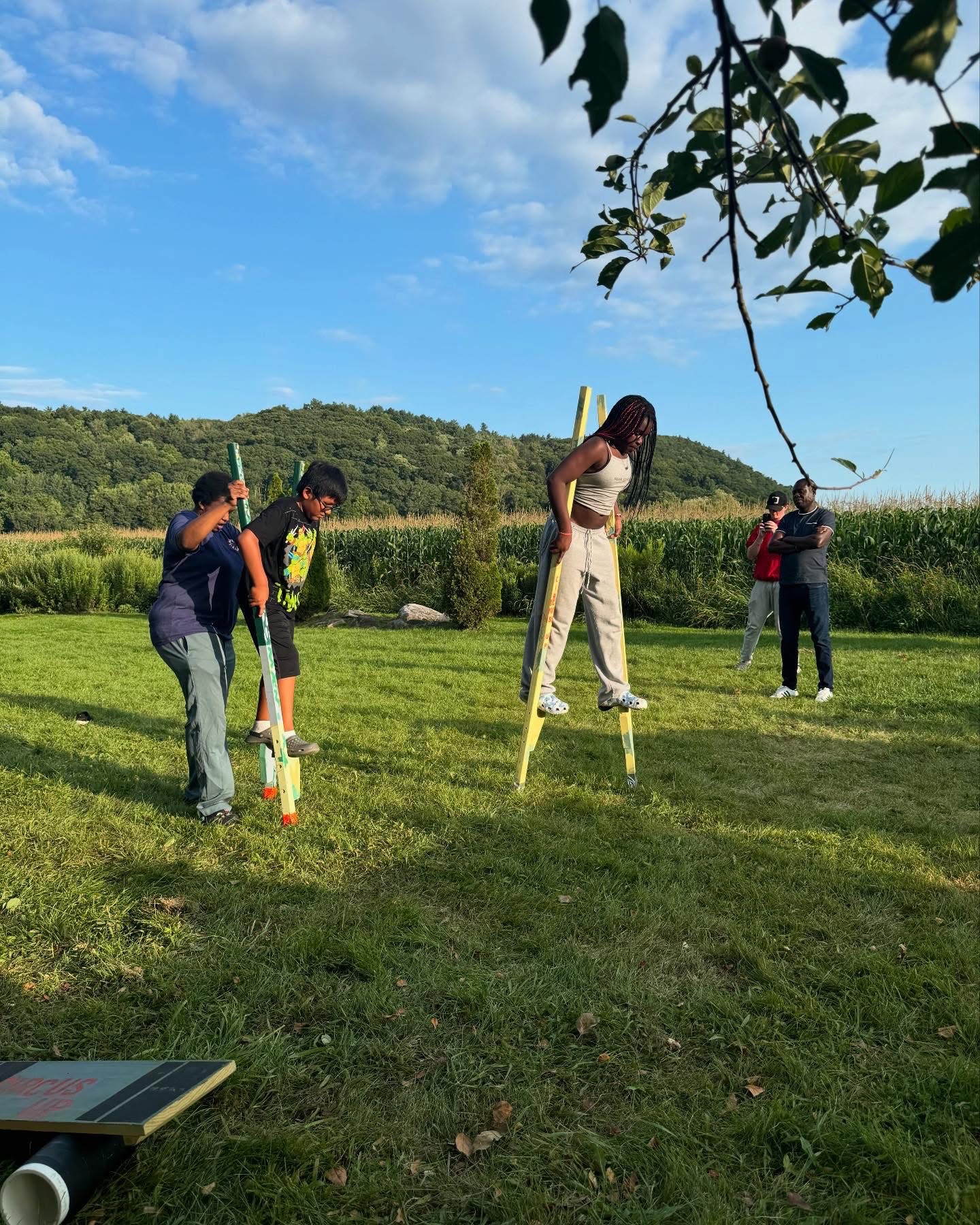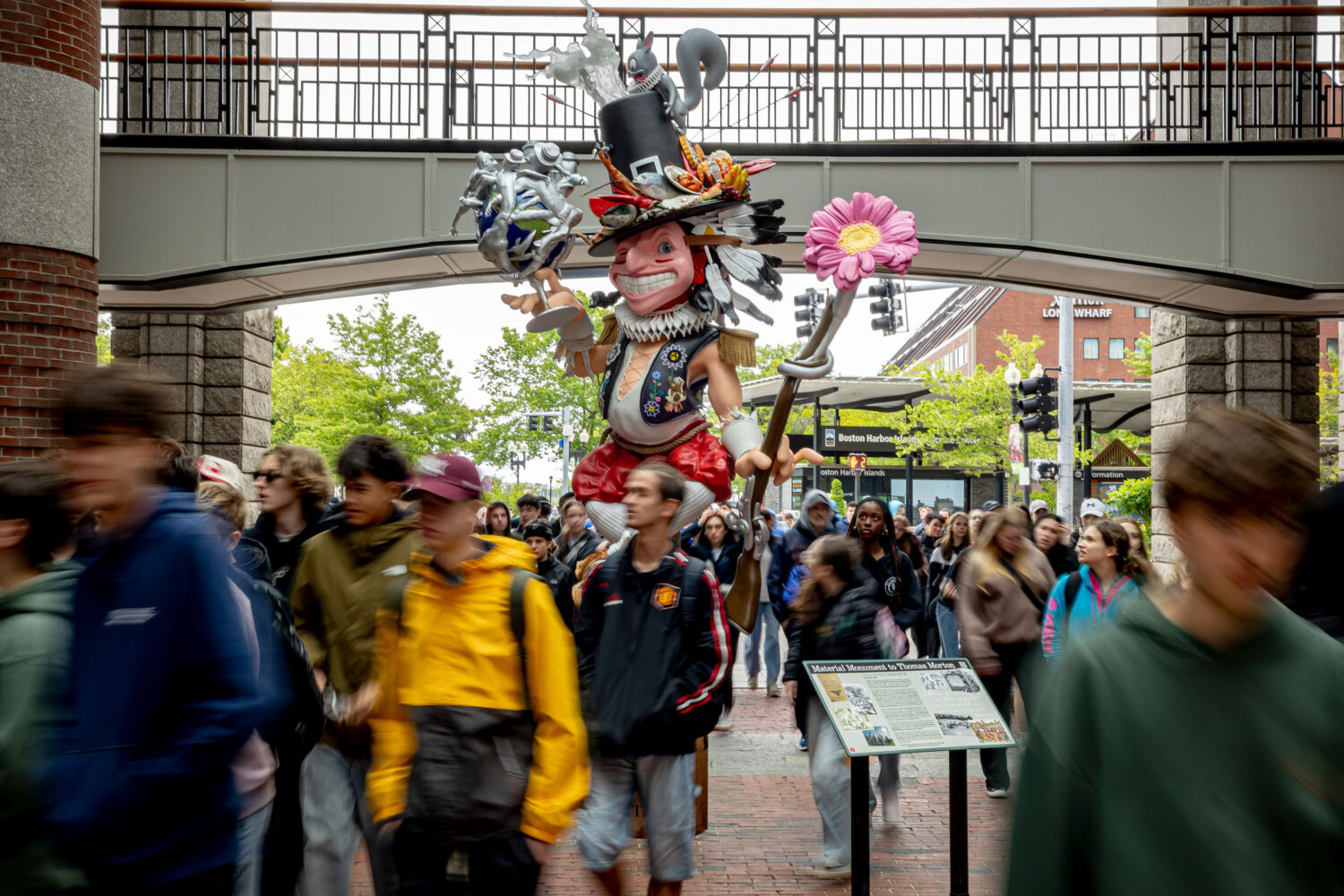People want arts and creativity in their lives. They also want jobs and economic growth in their communities. But too few of us realize how these two concepts are vitally linked. That needs to change.
According to two recent reports — “Jobs in the Creative Economy in New England and Why They Matter,” by New England Foundation for the Arts, and “Arts & Economic Prosperity 5” by Americans For The Arts— the creative economy is a much bigger part of our economy than many realize. By “creative economy,” we mean both nonprofit arts-and-culture organizations as well as creative professions such as graphic design, architecture, photography and film, among others, where workers may be employed in for-profit firms or as freelancers.
Consider a few key findings:
In New England, there are nearly 310,000 people employed by the creative economy — that’s roughly the size of the construction sector workforce. Workers in New England’s creative economy earn a total of nearly $17 billion every year.
The nonprofit arts industry in Massachusetts (just one piece of the larger creative economy) supported 73,288 jobs and generated $1.4 billion in resident household income.
In Massachusetts, the nonprofit arts industry also generated more than $2.2 billion of economic activity in 2015 — $1.3 billion in spending by arts and cultural organizations and an additional $879.5 million in event-related expenditures by their audiences (e.g., dinner, drinks, travel, parking).
In fact, more often than not, the arts are the primary draw to a community: the Americans for the Arts report found that 69 percent of non-local audience members state the reason for their visit was “specifically to attend this arts or cultural event.”
For too long, many have considered arts and creativity as “nice-to-haves,” rather than viewing them for what they truly are: vital components of a healthy economy. More than anywhere else in the nation, in Massachusetts and New England our creative economy is fundamental to our broader economy. It is big, and it is booming. Yet, it is also under threat. And we can’t take for granted that it will continue to grow and thrive.
The sector is being disrupted by technology and consumer preferences; the cost of living in the region is high compared with the rest of the nation. We need to nurture, support and invest in the potential of our creative economy in the same way we do other important business sectors.
These investments promote other sectors as well. Technology, higher education, medicine and many other fields employ and depend on creative workers.
This fall, as dozens of candidates for state and municipal offices share their visions for a thriving Massachusetts, ask where they stand on this critical driver of our economy. And feel free to share these important findings with them. Business leaders can also develop and deepen partnerships with their local arts and cultural institutions, to bolster their capacity to enrich the lives of employees, draw new visitors and revenues, and enhance vitality in their communities.




